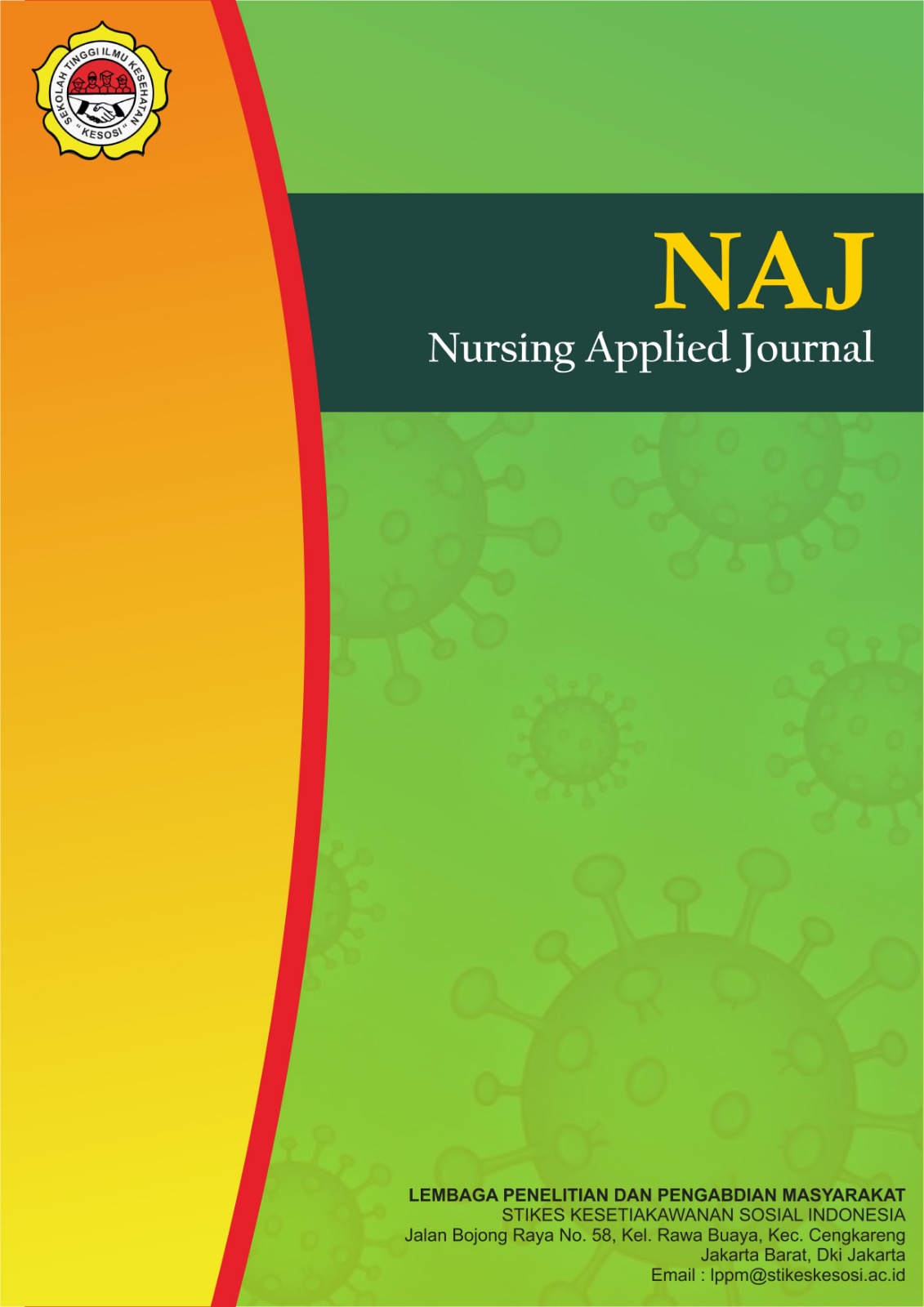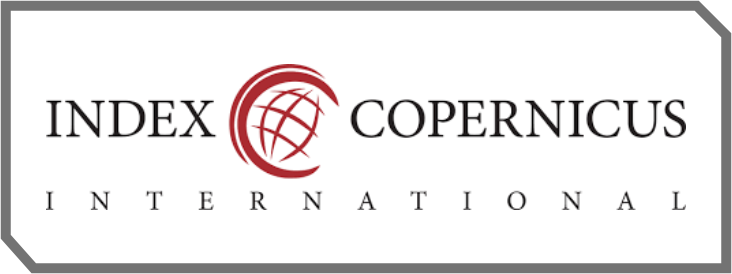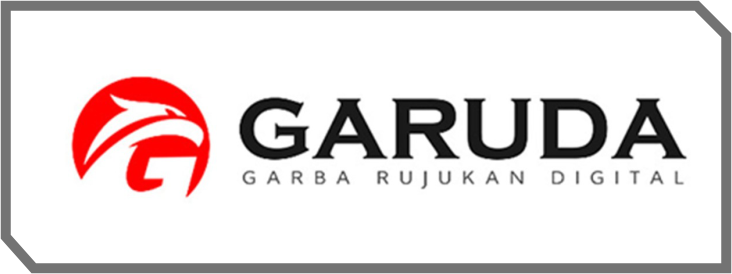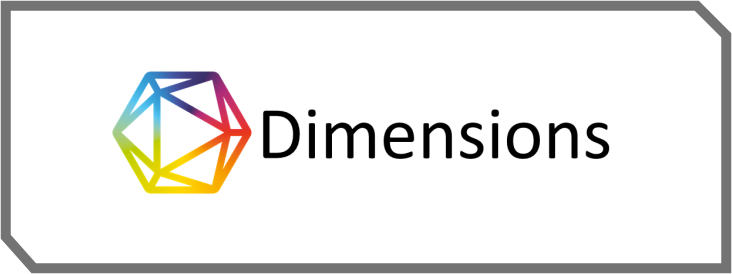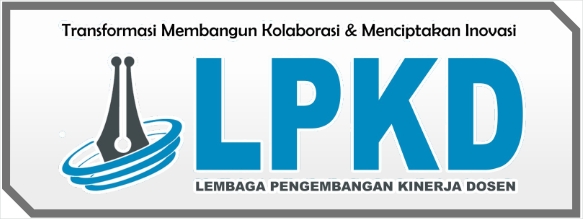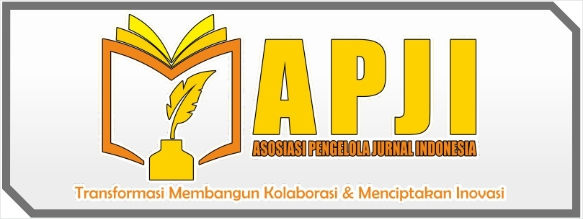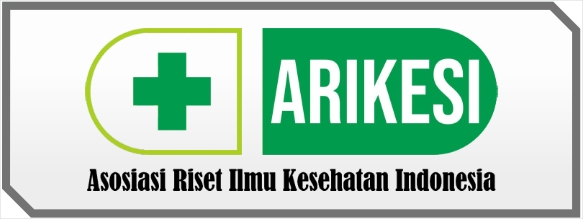Efektivitas Penerapan Perawatan Luka Metode Moistwound Healing pada Luka Ulkus Diabetes Militus Tipe II di Rumat Spesialis Luka Diabetes Unit Antapani Bandung
DOI:
https://doi.org/10.57213/naj.v3i1.581Keywords:
Type II Diabetes Mellitus, Diabetic Ulcers, Moist Wound Healing, Wound HealingAbstract
The prevalence of diabetic ulcers in Indonesia is approximately 15%, with an amputation rate of 30% and a mortality rate of 32%. Diabetic ulcers account for 80% of hospitalizations among Diabetes Mellitus patients, due to a combination of peripheral neuropathy and ischemia. The Moist Wound Healing (MWH) method is used to accelerate the healing of diabetic ulcers. MWH maintains wound moisture, creating an optimal environment for tissue growth, speeding up healing, and reducing the risk of infection. This study used a quasi-experimental approach with a pre-test and post-test design, involving 15 patients at the Diabetic Wound Specialist Clinic, Antapani Unit, Bandung. Wound care was carried out over 21 days with weekly observations. Data were analyzed using the Wilcoxon test. The results showed a significant improvement in wound condition after MWH treatment. Before treatment, 40% of patients were in the inflammatory phase, and 60% in the proliferative phase. After treatment, 66.7% were in the proliferative phase, and 20% had reached the remodeling phase. The Wilcoxon test showed a p-value of < 0.001, indicating a significant difference before and after treatment. Conclusion: MWH is effective in accelerating diabetic ulcer healing by promoting the proliferative and remodeling phases. Recommendation: Future studies may explore other factors affecting healing and compare MWH with other wound care method
References
diabetik di Klinik Perawatan Luka Alhuda Lhokseumawe. Jurnal Kesehatan Akimal, 2(01), 37.
Della Safitri, Munir, N. W., & Safruddin. (2022). Tingkat pengetahuan perawat terhadap perawatan luka menggunakan metode moist wound healing. Window of Nursing Journal, 3(2), 171–177. https://doi.org/10.33096/won.v3i2.854
Fauziah, F., & Karhab, R. S. (2019). Pelatihan pengolahan data menggunakan aplikasi SPSS pada mahasiswa. Jurnal Pengabdian Untuk Kesejahteraan Umat, 1(2), 129–136.
Handari, M., Wijayanti, A. E., & Ambarwati, E. R. (2023). Analisis faktor risiko komplikasi diabetes mellitus. Jurnal Kesehatan Karya Husada, 11(1).
Lestari, Z., Zulkarnain, & Sijid, S. A. (2021). Diabetes melitus: Review etiologi, patofisiologi, gejala, penyebab, cara pemeriksaan, cara pengobatan, dan cara pencegahan. UIN Alauddin Makassar, November, 237–241. http://journal.uin-alauddin.ac.id/index.php/psb
Mahendra, A. (2022). Pengaruh moist wound healing terhadap kondisi luka pada kaki pasien penderita ulkus diabetikum di Wijaya Wound Care. http://repository.unissula.ac.id/id/eprint/27015
Mulyani, W., Sulistyanto, B. A., & Wahyuningtyas, B. (2023). Studi kasus: Penerapan perawatan luka dengan metode konvensional pada pasien diabetes mellitus. Prosiding Seminar Kesehatan Masyarakat, 1(Oktober), 66–69. https://doi.org/10.26714/pskm.v1ioktober.241
Rahman, H. F., Santoso, A. W., & Siswanto, H. (2020). Pengaruh edukasi perawatan kaki dengan media flip chart terhadap perubahan perilaku klien diabetes melitus. Jurnal Nasional Ilmu Kesehatan (JNIK), 2(3), 151–168.
Ridawati, I. D., & Elvian, M. R. (2020). Asuhan keperawatan penerapan luka lembab pada pasien diabetes mellitus. Jurnal Ilmiah Kesehatan Sandi Husada, 12(2), 848–852. https://doi.org/10.35816/jiskh.v12i2.411
Wibowo, D. A., Fitrianto, J., Setiadi, A. W., & Irawan, H. (2023). Efektivitas perawatan luka metode moist wound healing dan metode konvensional terhadap penyembuhan luka pada post sirkumsisi metode elektrik cauter di Klinik Khitan Smart Indonesia Lamandau. Jurnal Ilmiah Pamenang, 5(2), 58–66. https://doi.org/10.53599/jip.v5i2.183
Widiyanti, S., & Rosad, D. N. A. (2020). Penerapan pemberian ekstrak kayu manis terhadap penurunan kadar gula darah pada penderita diabetes melitus di Kelurahan Gemah Semarang. Suparyanto dan Rosad, 5(3), 248–253.
Downloads
Published
Issue
Section
License
Copyright (c) 2025 NAJ : Nursing Applied Journal

This work is licensed under a Creative Commons Attribution-ShareAlike 4.0 International License.

